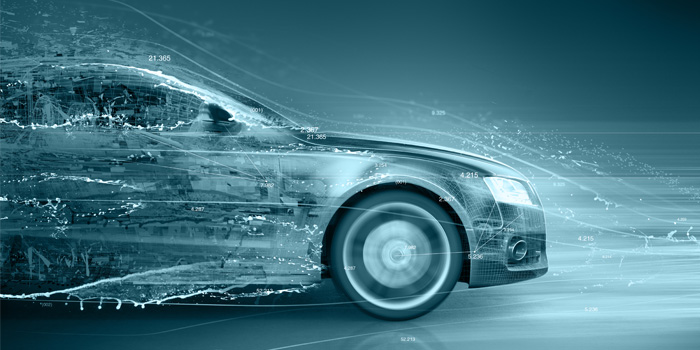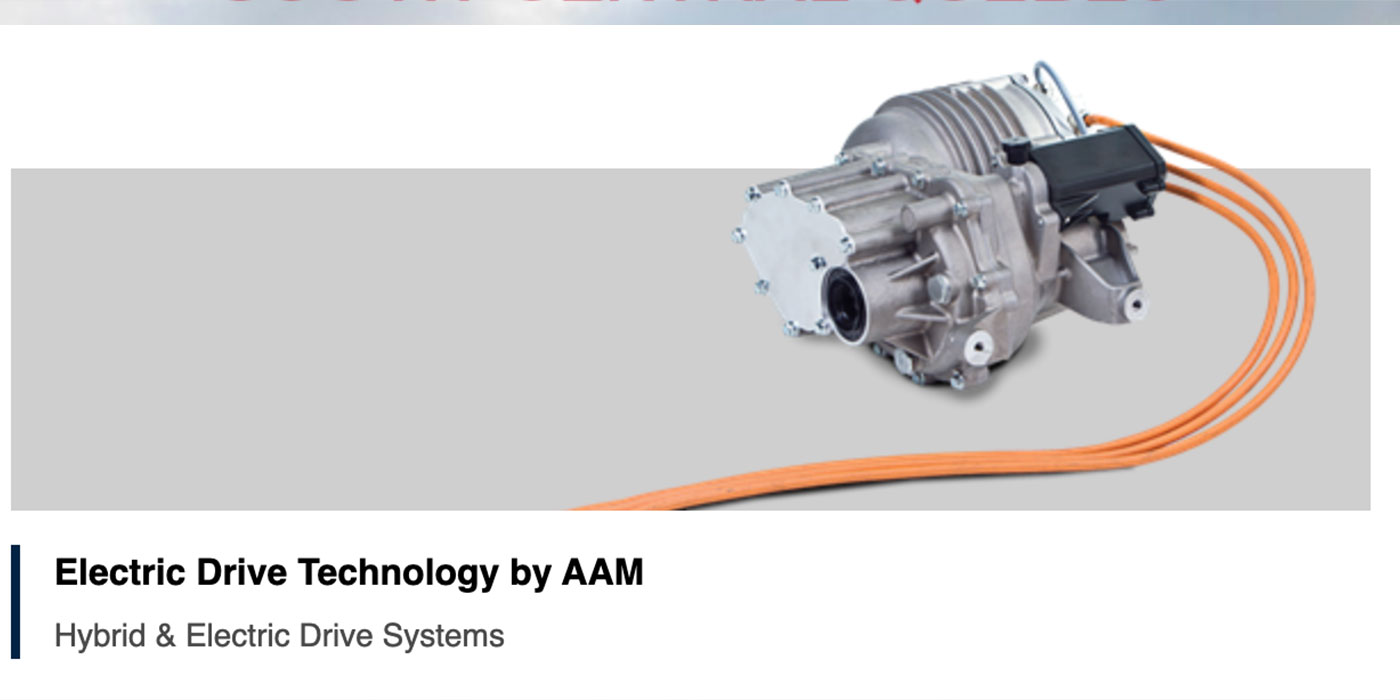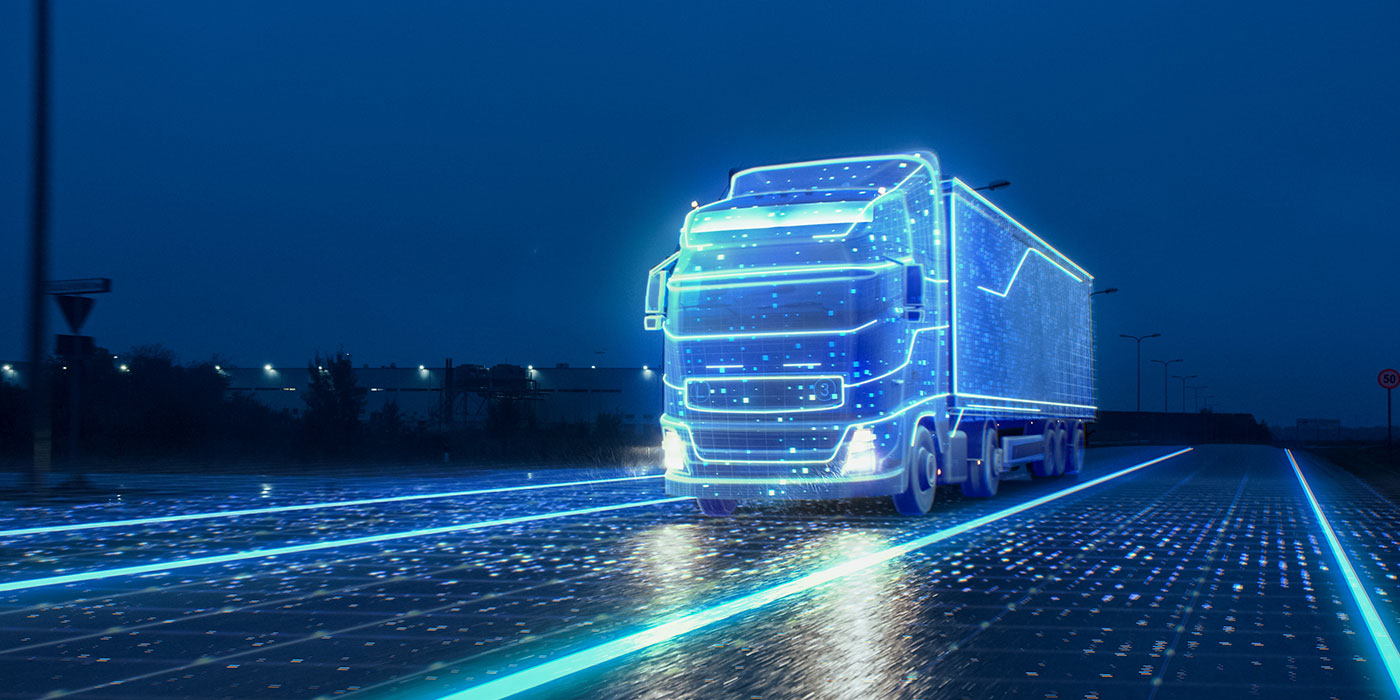
A historic revolution in transportation will end more than 100 years of individual vehicle ownership and reshape the world’s energy economy in the process, according to RethinkX’s new report, “Rethinking Transportation 2020-2030: The Disruption of Transportation and the Collapse of the ICE Vehicle and Oil Industries.”
Assuming existing technologies and using well-established cost curves provides a detailed analysis of data, market, consumer and regulatory dynamics. The report finds that within 10 years of the regulatory approval of driverless vehicles:
- 95 percent of U.S. passenger miles traveled will be served by on-demand autonomous electric vehicles (A-EVs) owned by companies providing Transport as a Service (TaaS)
- A-EVs engaged in TaaS will make up 60 percent of U.S vehicle stock
- As fewer cars travel more miles, the number of passenger vehicles on American roads will drop from 247 million in 2020 to 44 million in 2030
“We are on the cusp of one of the fastest, deepest, most consequential disruptions of transportation in history,” said report co-author Tony Seba, RethinkX co-founder, author of “Clean Disruption of Energy and Transportation” and instructor at Stanford Continuing Studies. “But there is nothing magical about it. This is driven by the economics.”
The report details how the approval of autonomous vehicles will unleash a market grab by existing and new ride-share companies, which will abandon internal combustion engines (ICE) for A-EVs for purely cost reasons. As a result:
- Using TaaS will be four to 10 times cheaper per mile than buying a new car, and two to four times cheaper than operating an existing paid-off vehicle, by 2021
- The cost of TaaS will be driven down by several factors, including utilization rates that are 10 times higher; electric vehicle lifetimes exceeding 500,000 miles; and far lower maintenance, energy, finance and insurance costs
- The average American household will save $5,600 per year by giving up its gas-powered car and traveling by autonomous, electric TaaS vehicles
- These cost savings will drive both potential new car buyers and existing owners to abandon vehicle ownership and move to TaaS
- There is a clear path to free transportation under TaaS, which would accelerate the disruption and bring even more savings to American families and a bigger boost to the economy
- TaaS vehicles will provide universal, affordable point-to-point transportation to those left behind by the current private and public transport system, including the disabled, the young, the elderly, populations living on fixed incomes or highly variable (gig economy) incomes, and the poor
“While these projections may seem radical because they differ from mainstream and incumbent industry projections, they are really quite conservative because they are based on assumptions that in some cases have already been bested by new technologies and plummeting prices,” said Bryan Hansel, CEO of Chanje Energy (formerly Nohm Technologies).
As demand for new vehicles plummets, 70 percent fewer passenger cars and trucks will be manufactured each year. This could result in total disruption of the car value chain, with car dealers, maintenance and insurance companies suffering almost complete destruction. Car manufacturers will have options to adapt, either as low-margin, high-volume assemblers of A-EVs, or by transitioning to becoming TaaS providers.
For the oil industry, the widespread shift away from individual gas-powered vehicles and toward electric, shared autonomous vehicles will be catastrophic. Global oil demand will peak at 100 million barrels per day by 2020, dropping to 70 million barrels per day by 2030. This will impact different companies and countries disproportionately, depending on their exposure to high-cost oil.
Many transportation experts project a gradual move toward electric vehicles, the advent of driverless cars and trucks and the growth of shared transportation. But the authors of the report put these three trends together and foresee a much faster and more profound change.
“Mainstream analyses fail to account for the impacts of technology convergence, and a new business model born in response,” said James Arbib, technology investor and co-author of the report. “This results in far greater cost differential between individual ownership and Transportation as a Service, leading to far faster and more extensive adoption as people choose cheaper, better transportation provided as a service.”
Unlike most mainstream analyses, which produce linear and incremental forecasts, the report incorporates systems dynamics, including technology convergence, demand-side scale economies, increasing returns, network effects, feedback loops and market forces that better reflect the reality of fast-paced technology adoption S-curves, according to RethinkX.
The impacts of the transition to TaaS are far reaching:
- Savings on transportation costs will result in a boost in annual disposable income for U.S. households totaling $1 trillion by 2030
- Consumer spending – America’s largest economic driver – will drive business and job growth
- Productivity gains will boost GDP by an additional $1 trillion
“As with any market disruption, there will be winners as well as losers. Job losses in the driving, manufacturing and oil and gas sectors will be a key concern,” said Arbib. “But huge opportunities will open up as well – from broad economic growth stimulated by consumer saving and spending, to more focused growth in vehicle operating systems, computing platforms and TaaS fleet providers. Travelers will have more time available since they will not be driving, and that opens a wide array of business opportunities, such as cafes on wheels, mobile entertainment or workspaces. The ability to monetize TaaS platforms as companies have monetized the internet platform opens the road to free transportation in some areas.”
Policymakers will face several critical junctures where their decisions will either help accelerate or impede the transition to TaaS. The first and the most crucial decision is when to remove barriers to autonomous vehicles (AVs). One indicator that American policymakers are inclined to move forward quickly is the rare bipartisan legislation to approve AVs, introduced by Senators John Thune (R-ND) and Gary Peters (D-MI). At the state level, California has approved 30 companies to test their self-driving cars on public roads, and has proposed rules to allow fully (level 5) autonomous vehicles as soon as 2017.














